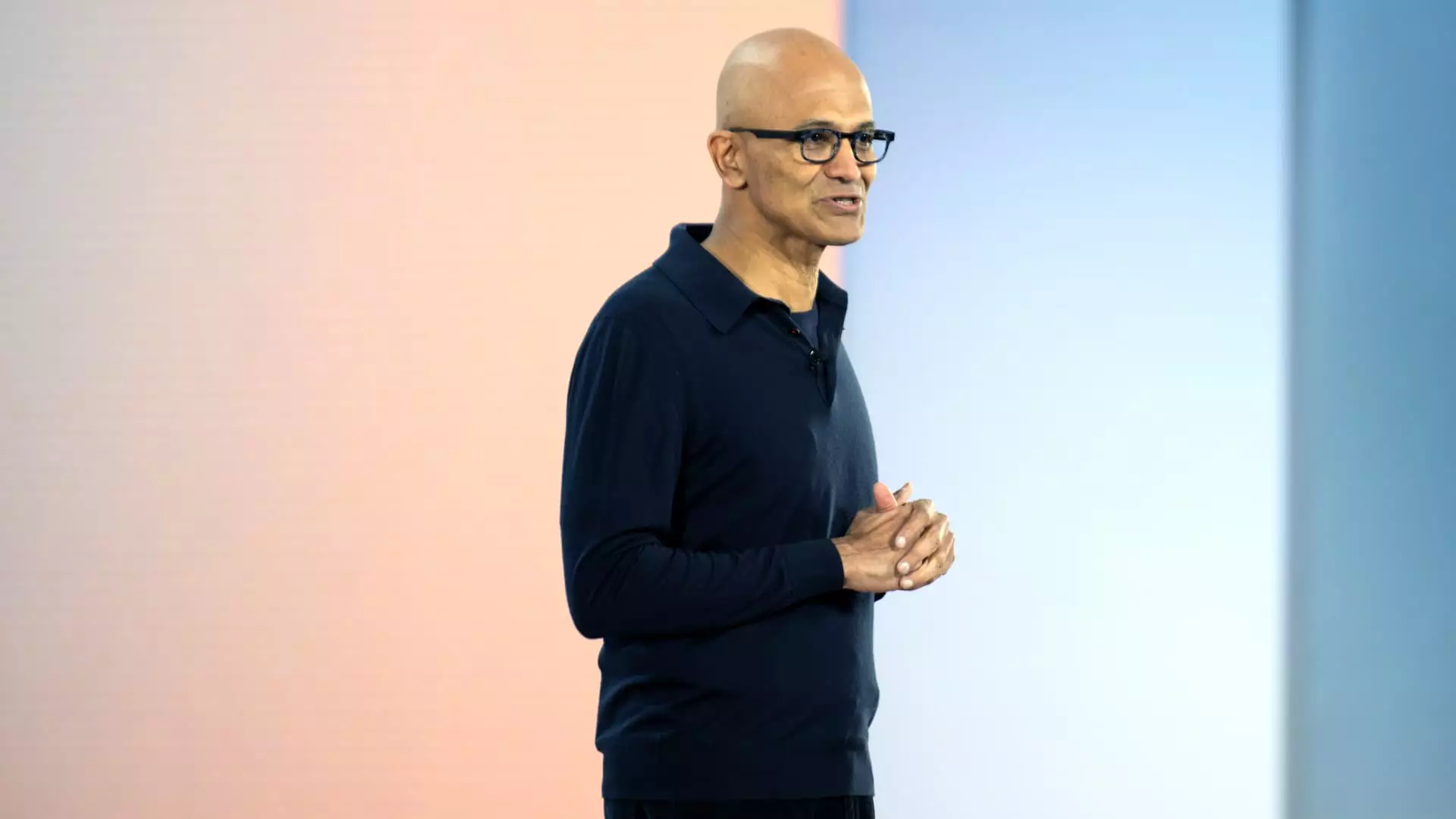Microsoft has announced that they will be laying off employees in the mixed reality department, specifically those working on the HoloLens 2 augmented reality headset. This decision comes as part of a larger restructuring effort by the software giant, which also includes changes to their hardware lineup. The move follows a previous round of layoffs that affected 10,000 employees, including some in mixed reality. Despite these cuts, Microsoft has stated that they remain committed to selling the HoloLens 2 and supporting existing customers and partners.
Challenges with HoloLens
Since its introduction in 2015, Microsoft has faced challenges in finding widespread success with the HoloLens. While the U.S. Defense Department awarded Microsoft a contract for a modified version of the HoloLens, called the Integrated Visual Augmentation System, users reported issues such as nausea and discomfort. Despite these setbacks, Microsoft has continued to invest heavily in artificial intelligence, deploying technologies like Nvidia graphics processing units and AI-driven features in Microsoft 365 applications.
In a surprising move, Microsoft recently reduced its investment in augmented reality and virtual reality technologies. This included deprecating Windows Mixed Reality, a platform that supported head-mounted displays for running applications. The decision to scale back on these technologies raises questions about the company’s long-term strategy in the mixed reality space. While Microsoft has confirmed that they will continue to sell the HoloLens 2, there is uncertainty about the possibility of a new model being released in the future.
Microsoft faces stiff competition from tech giant Apple, which released its own augmented reality headset, the Vision Pro, earlier this year. The entrance of Apple into the AR market further complicates Microsoft’s position in the industry. Additionally, companies like OpenAI have been making waves in AI innovation, posing a challenge to Microsoft’s efforts in commercializing artificial intelligence technologies.
Future Outlook for HoloLens
Despite the challenges and restructuring efforts, Microsoft continues to support technologies like Mesh, which enables users in headsets to participate in three-dimensional video calls. The company remains committed to exploring the possibilities of mixed reality and augmented reality, but the recent layoffs and changes in strategy may signal a shift in focus for Microsoft’s hardware division. As the tech landscape continues to evolve, Microsoft will need to adapt and innovate to stay competitive in the ever-changing market of mixed reality technologies.


Leave a Reply